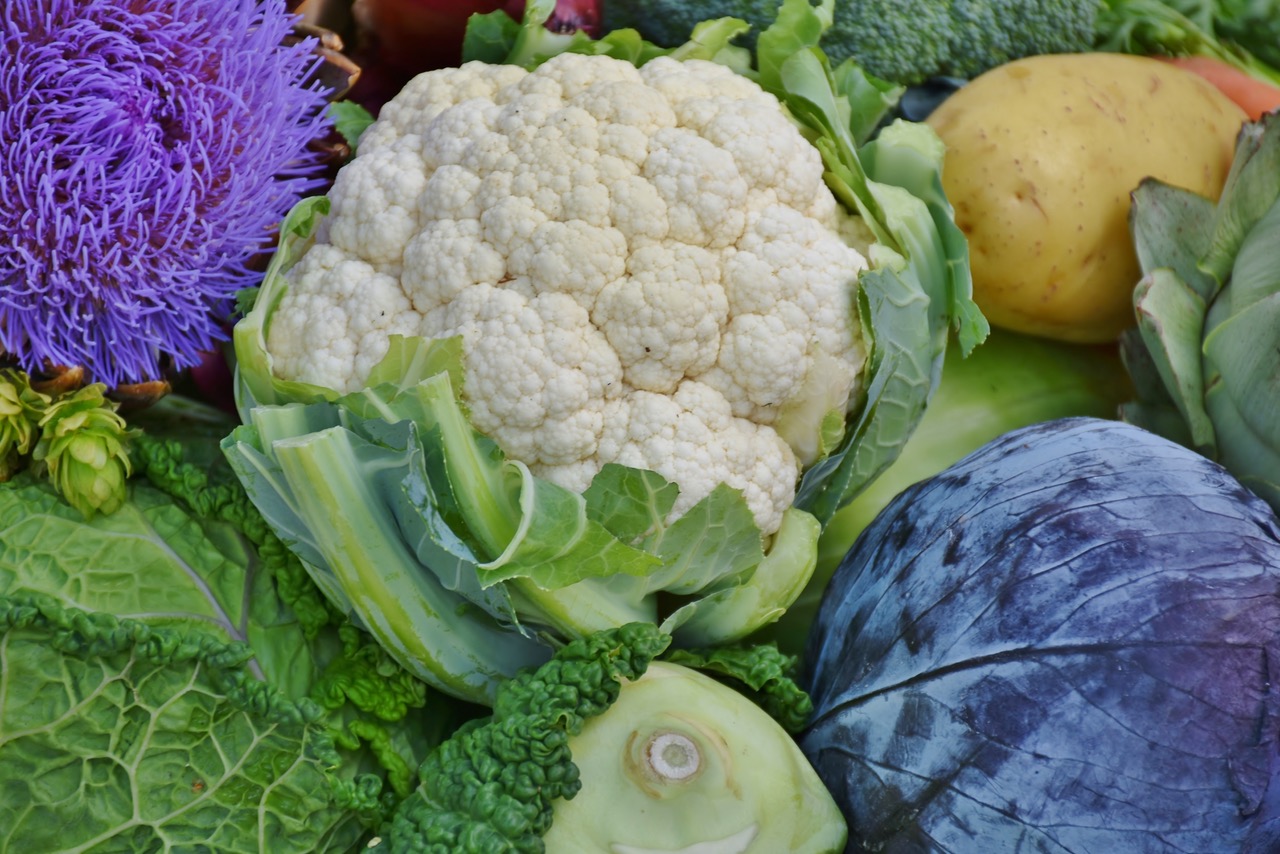Bionutrient Food Association: “We Can Solve These Problems”
Published: May 2017
The Bionutrient Food Association is working with producers to establish growing practices that yield more nutritious crops, while developing a standard for nutrient-dense foods and a handheld tool to measure those nutrient levels. The idea behind the tool is to use existing technology, like the camera in a Smartphone, to scan produce right in the grocery store, measuring the nutrient-density of the consumer’s food options.
The Association’s mission is to empower consumers to choose the most nutrient-dense foods, ultimately rewarding farmers for their improved growing practices.
Food Tank spoke with Dan Kittredge, founder of the Bionutrient Food Association and an organic farmer himself, to discuss why he thinks we need a definition of nutrient density, and the power he sees in this standard to transform the food system.
Food Tank (FT): What first inspired you to start working on nutrient density in food?
Dan Kittredge (DK): It started when I, as somebody who grew up on an organic farm, when I got married I had no other viable skillsets besides farming. And I came to terms with the fact that my crops were not healthy. They were succumbing to infestation and disease, and I was not economically viable. And I knew I needed to do a better job.
FT: What does the Bionutrient Food Association do to promote nutrient density in our food supply?
DK: Our core work is training growers. We work with growers of all sizes across the country, across North America, in what we call principles of biological systems. And we walk them through the growing season, walk them through the year, and talk about how plants grow in relation to the soil and microbiology, and help farmers identify what the main factors are so they can address them. That’s been our core work.
Our overt mission is to increase quality in the food supply. And by quality, I’m referring to flavor, aroma, and nutritive value, which is often times virtuous to nutrient density. So we’re now at a point where we have, I think, sixteen chapters across the country.
And we’re actually working on a definition of what quality means to density in the amount of nutrients. You know, what is the variation in nutrient levels in crops and trying to give consumers the ability to test that at point of purchase. Something along the lines of a handheld spectrometer, something that would be essentially, if a Smartphone had the right sensors, something that could be in your phone. You know, give the consumer the ability to test quality at point of purchase and then make your decisions accordingly, as an incentive to inspire the supply chain to change its practices.
FT: What does soil have to do with nutrient density?
DK: Well for the general public, I think we need to understand what nutrient density is first, because it’s a term that is thrown around a lot without a clear understanding of what it means. So for us, nutrient density is, you have greater levels of nutrients per unit calorie in a crop, better flavor, better aroma, and better nutritive value.
Basically, those compounds that correlate with nutrition, with flavor, and aroma in crops, are built from the soil and through a well-functioning microbial ecosystem. So plants evolved with a gut flora, in the same way that we have a gut flora, that digests their food for them. The bacteria and the fungi in the soil are fed by the plants. When the plant makes sugar in the leaves, it injects that sugar into the soil to feed the soil life, who then digest the soil and feed the nutrients up to the plant.
So it’s only when you have a well-functioning soil life, when the soil is actually flourishing, with vitality, with life, that’s the only time when you’re going to get the plants having access to the nutrients necessary to have nutrient dense crops.
So in many cases, farmers engage in management practices that are counterproductive. Tillage, bare soil, adding fertilizers, fungicides, insecticides, a lot of the basic practices of agriculture are systemically counterproductive to nutrient density in crops. Which is why we have pretty categorical data from USDA and other sources about the decreasing levels of nutrition in food over time.

